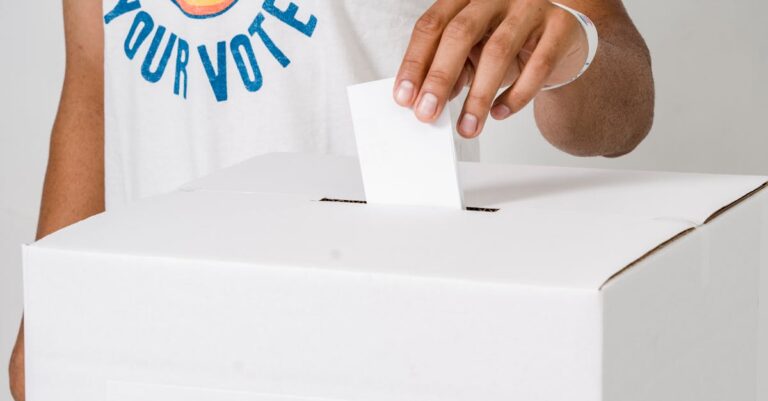
In the realm of public schools, attendance statistics serve as a crucial indicator of student engagement and success. However, the imposition of attendance bans has drawn mixed reactions, sparking debates on their efficacy and ethical implications. As we delve deeper into this issue, it becomes evident that the policy of attendance bans is not simply a matter of numbers but a complex web of politics, social dynamics, and statistical analysis – especially in Nassau County.
The concept of attendance bans rests on the assumption that compelling students to attend school regularly will boost academic performance and decrease dropout rates. Proponents argue that consistent attendance fosters a sense of responsibility and discipline among students, laying a strong foundation for future success. However, the implementation of such bans has been met with resistance from various quarters, with critics pointing out the flaws and unintended consequences of this approach.
One of the primary challenges associated with attendance bans is the lack of consideration for the underlying reasons behind a student’s truancy. Issues such as family obligations, health concerns, or transportation limitations are often overlooked in the rigid enforcement of attendance policies. By failing to address these root causes, attendance bans risk alienating already vulnerable students and pushing them further away from the education system.
Moreover, the politics surrounding attendance bans add another layer of complexity to the debate. In a bid to showcase a strong stance on education reform, policymakers may prioritize punitive measures such as imposing strict attendance requirements without accounting for the nuances of individual circumstances. This approach not only oversimplifies the issue but also fails to acknowledge the systemic barriers that hinder student attendance in the first place.
In Nassau County, where attendance statistics reflect a diverse student population facing unique challenges, the impact of attendance bans is especially pronounced. Students from low-income backgrounds or marginalized communities may struggle to meet stringent attendance requirements due to external factors beyond their control. By penalizing these students instead of providing support and resources, the education system risks perpetuating existing inequalities and widening the achievement gap.
As we confront the paradox of attendance bans in public schools, it is crucial to adopt a more nuanced and compassionate approach. Rather than resorting to punitive measures, schools should invest in comprehensive support systems that address the multifaceted reasons behind absenteeism. By fostering a culture of understanding and collaboration, educators can create a more inclusive and equitable learning environment where every student has the opportunity to thrive.
In conclusion, the debate surrounding attendance bans in public schools is not simply a matter of numbers but a reflection of deeper social and political dynamics. By critically examining the implications of these policies, we can work towards creating a more just and effective education system that prioritizes the well-being and success of all students, regardless of their attendance record.








Y’all talking about attendance bans like it’s the holy grail of education. But what about the real issues students
lol, all this talk about attendance bans in schools got me thinking – maybe we should ban
Attendance bans r dum! School shuldnt punish students for missing school. Maybe they have real reasons like sick or family stuff. The system shuld be more understanding and help students instead of just banning them. Students need support not punishment! Plus, the policy makers shuld consider individual situations and not just make blanket rules